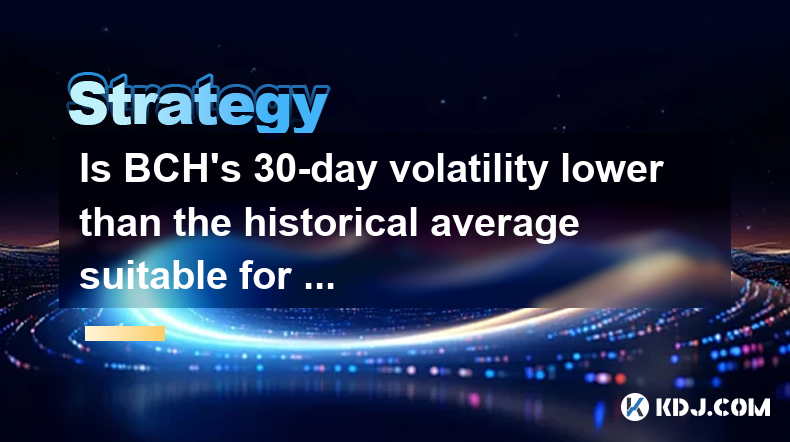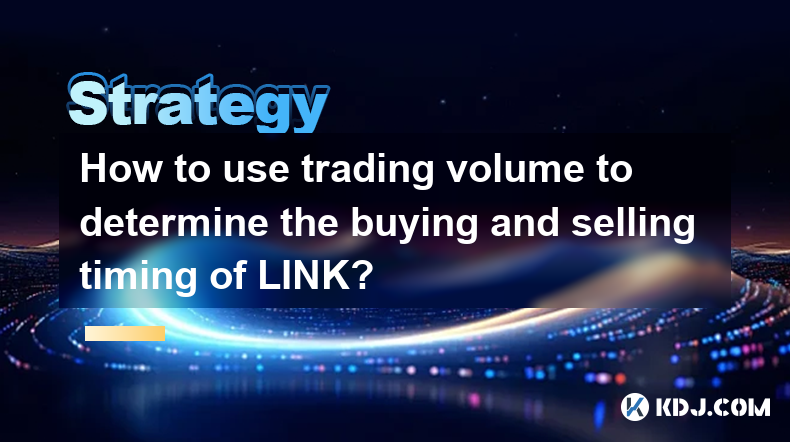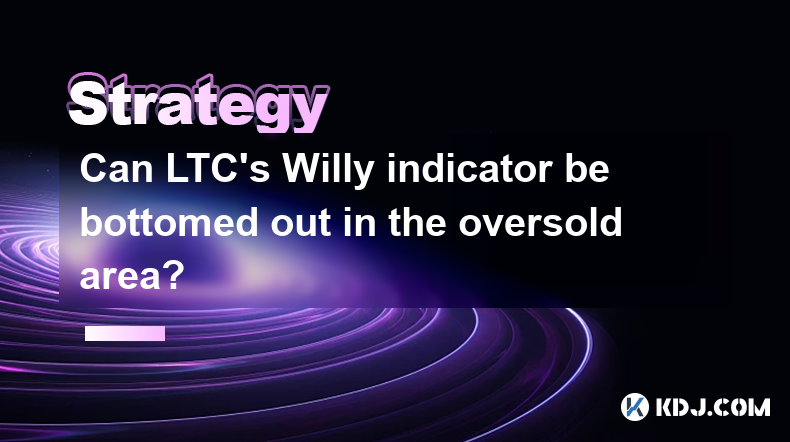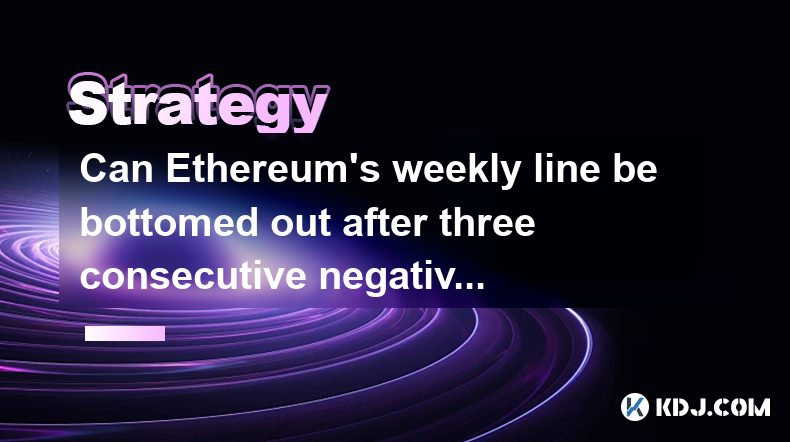-
 Bitcoin
Bitcoin $93,400.4169
-0.07% -
 Ethereum
Ethereum $1,758.0123
-2.17% -
 Tether USDt
Tether USDt $1.0003
0.01% -
 XRP
XRP $2.1919
-1.20% -
 BNB
BNB $600.1633
-1.00% -
 Solana
Solana $151.9829
1.13% -
 USDC
USDC $1.0000
0.00% -
 Dogecoin
Dogecoin $0.1801
1.82% -
 Cardano
Cardano $0.7115
2.37% -
 TRON
TRON $0.2436
-0.83% -
 Sui
Sui $3.3769
10.54% -
 Chainlink
Chainlink $14.8852
-0.26% -
 Avalanche
Avalanche $22.1027
-0.70% -
 Stellar
Stellar $0.2802
5.45% -
 UNUS SED LEO
UNUS SED LEO $9.2072
0.82% -
 Shiba Inu
Shiba Inu $0.0...01381
2.58% -
 Toncoin
Toncoin $3.1898
0.66% -
 Hedera
Hedera $0.1863
3.71% -
 Bitcoin Cash
Bitcoin Cash $353.2783
-2.63% -
 Polkadot
Polkadot $4.2549
4.30% -
 Litecoin
Litecoin $83.7047
-0.38% -
 Hyperliquid
Hyperliquid $18.8110
1.77% -
 Dai
Dai $1.0000
0.01% -
 Bitget Token
Bitget Token $4.4378
-1.47% -
 Ethena USDe
Ethena USDe $0.9994
0.01% -
 Pi
Pi $0.6537
-0.97% -
 Monero
Monero $229.4196
-0.24% -
 Pepe
Pepe $0.0...08703
-0.51% -
 Uniswap
Uniswap $5.7568
-3.76% -
 Aptos
Aptos $5.4822
1.82%
Is BCH's 30-day volatility lower than the historical average suitable for opening a position?
BCH's 30-day volatility being lower than its historical average may suggest stability, but consider market sentiment, technical analysis, and risk management before opening a position.
Apr 23, 2025 at 11:42 am

When considering whether BCH's 30-day volatility is lower than the historical average and suitable for opening a position, several factors need to be analyzed. Volatility is a key metric in the cryptocurrency market that measures the degree of variation in trading prices over time. For Bitcoin Cash (BCH), understanding its volatility over a 30-day period compared to its historical average can provide insights into the potential risks and rewards of opening a position.
Understanding Volatility in Cryptocurrencies
Volatility is inherently high in the cryptocurrency market due to factors such as market sentiment, regulatory news, technological developments, and macroeconomic factors. For BCH, which is a fork of Bitcoin, volatility can be influenced by developments specific to the Bitcoin network as well as its own ecosystem. A lower 30-day volatility compared to the historical average might suggest a period of relative stability, which could be attractive to traders looking to minimize risk.
Calculating BCH's 30-Day Volatility
To determine if BCH's 30-day volatility is lower than the historical average, you need to calculate the standard deviation of BCH's daily returns over the past 30 days and compare it to the historical standard deviation. Here’s how you can do it:
- Collect the daily closing prices of BCH for the past 30 days.
- Calculate the daily returns by taking the natural logarithm of the ratio of consecutive closing prices.
- Compute the standard deviation of these daily returns to get the 30-day volatility.
- Compare this value to the historical volatility, which is the standard deviation of daily returns over a longer period, such as the past year or more.
Interpreting Volatility Data
If the 30-day volatility of BCH is indeed lower than its historical average, it could indicate that the market is experiencing a period of lower risk. However, it's important to consider that low volatility periods can precede high volatility events, as markets can remain calm before significant news or events cause a spike in price movements.
Assessing Suitability for Opening a Position
When deciding if a lower 30-day volatility makes BCH suitable for opening a position, several other factors should be considered:
- Market Sentiment: Analyze current sentiment around BCH. Are there upcoming events or developments that could impact its price?
- Technical Analysis: Use technical indicators to assess the current price trend and potential entry points.
- Fundamental Analysis: Consider the underlying value and adoption of BCH. Are there any significant changes in its network or ecosystem?
- Risk Management: Determine your risk tolerance and how BCH's current volatility aligns with your investment strategy.
Implementing a Trading Strategy Based on Volatility
If you decide that BCH's lower 30-day volatility is suitable for opening a position, here are steps to implement a trading strategy:
- Choose a Trading Platform: Select a reputable cryptocurrency exchange that supports BCH trading.
- Set Up Your Account: Complete the necessary KYC (Know Your Customer) procedures and fund your account.
- Analyze the Market: Use the volatility data and other market indicators to identify a potential entry point.
- Place Your Order: Decide on the type of order (market, limit, etc.) and execute your trade.
- Monitor and Manage: Continuously monitor BCH's price movements and adjust your position as needed to manage risk.
Considering Other Market Factors
While lower volatility might seem appealing, it's crucial to consider other market factors that could affect BCH's price. Regulatory news, technological upgrades, and competition from other cryptocurrencies can all impact BCH's market position. Therefore, even if the 30-day volatility is lower than the historical average, these external factors should be part of your decision-making process.
FAQs
Q: How often should I check BCH's volatility to make informed trading decisions?
A: It's advisable to check BCH's volatility at least daily if you are actively trading. For longer-term investments, weekly or even monthly checks might be sufficient, but always stay updated with significant market news.
Q: Can BCH's volatility be influenced by Bitcoin's price movements?
A: Yes, BCH's volatility can be influenced by Bitcoin's price movements. As a fork of Bitcoin, significant changes in Bitcoin's price or network can have a ripple effect on BCH and other related cryptocurrencies.
Q: What are some tools I can use to calculate BCH's volatility?
A: Several tools can help you calculate BCH's volatility, including financial software like Excel, trading platforms with built-in volatility indicators, and online volatility calculators specifically designed for cryptocurrencies.
Q: Is it possible for BCH's volatility to remain low for an extended period?
A: While it is possible for BCH's volatility to remain low for an extended period, the cryptocurrency market is known for its unpredictability. Therefore, periods of low volatility should be approached with caution, as they can quickly change due to various market factors.
Disclaimer:info@kdj.com
The information provided is not trading advice. kdj.com does not assume any responsibility for any investments made based on the information provided in this article. Cryptocurrencies are highly volatile and it is highly recommended that you invest with caution after thorough research!
If you believe that the content used on this website infringes your copyright, please contact us immediately (info@kdj.com) and we will delete it promptly.
- SEC Delays Decision On Canary Capital's HBAR Exchange-Traded Fund
- 2025-04-25 10:50:12
- BlockDAG (BDAG) Flips the Script, Resetting Price Ahead of Mainnet Launch
- 2025-04-25 10:50:12
- NYU professor Scott Galloway on Thursday detailed a “transnational oligarchy”
- 2025-04-25 10:45:12
- Zypher Network Partners with DeAgent AI to Redefine the Future of Decentralized Intelligence
- 2025-04-25 10:45:12
- LBank Explores the Possible Resurgence of the Meme Coin Market as a Leading Crypto Narrative
- 2025-04-25 10:40:12
- Trump's Poll Numbers Might Be Sinking — But His Crypto Coin and Media Empire Are On The Rise
- 2025-04-25 10:40:12
Related knowledge

What does the surge in SOL's cross-chain bridge inflows represent?
Apr 25,2025 at 09:00am
The recent surge in SOL's cross-chain bridge inflows represents a significant trend within the cryptocurrency ecosystem, particularly for Solana (SOL). This phenomenon highlights increased activity and interest in moving assets from other blockchains to Solana, indicating growing confidence in its network and ecosystem. Cross-chain bridges are essential...

Is the increase in LINK's net outflow from exchanges a positive signal?
Apr 24,2025 at 02:35pm
The recent increase in LINK's net outflow from exchanges has sparked discussions within the cryptocurrency community about its implications for the token's future performance. LINK, the native token of the Chainlink decentralized oracle network, has seen a notable shift in its net outflow from exchanges, which many interpret as a positive signal. This a...

Is LTC's UTXO age distribution useful for judging buying and selling points?
Apr 23,2025 at 05:42pm
Is LTC's UTXO age distribution useful for judging buying and selling points? Understanding the UTXO (Unspent Transaction Output) age distribution of Litecoin (LTC) can provide valuable insights into the behavior of its holders and potentially help in making informed decisions about buying and selling points. The UTXO age distribution refers to the age o...

How to use trading volume to determine the buying and selling timing of LINK?
Apr 25,2025 at 02:07am
How to Use Trading Volume to Determine the Buying and Selling Timing of LINK? Trading volume is a crucial metric in the cryptocurrency market that can provide valuable insights into the buying and selling behavior of traders. When it comes to Chainlink (LINK), understanding how to analyze trading volume can help you make more informed decisions about wh...

Can LTC's Willy indicator be bottomed out in the oversold area?
Apr 24,2025 at 01:43pm
Understanding the Willy IndicatorThe Willy indicator, also known as the Willy ratio, is a technical analysis tool used in the cryptocurrency market to gauge the sentiment of a particular asset, in this case, Litecoin (LTC). It is calculated by dividing the total trading volume of an asset by its market capitalization. The resulting ratio helps traders u...

Can Ethereum's weekly line be bottomed out after three consecutive negatives?
Apr 24,2025 at 10:56am
In the dynamic world of cryptocurrencies, understanding market trends and patterns is crucial for investors and traders alike. One of the significant aspects of technical analysis in this field is the examination of weekly line charts, particularly for major cryptocurrencies like Ethereum. The question of whether Ethereum's weekly line can be bottomed o...

What does the surge in SOL's cross-chain bridge inflows represent?
Apr 25,2025 at 09:00am
The recent surge in SOL's cross-chain bridge inflows represents a significant trend within the cryptocurrency ecosystem, particularly for Solana (SOL). This phenomenon highlights increased activity and interest in moving assets from other blockchains to Solana, indicating growing confidence in its network and ecosystem. Cross-chain bridges are essential...

Is the increase in LINK's net outflow from exchanges a positive signal?
Apr 24,2025 at 02:35pm
The recent increase in LINK's net outflow from exchanges has sparked discussions within the cryptocurrency community about its implications for the token's future performance. LINK, the native token of the Chainlink decentralized oracle network, has seen a notable shift in its net outflow from exchanges, which many interpret as a positive signal. This a...

Is LTC's UTXO age distribution useful for judging buying and selling points?
Apr 23,2025 at 05:42pm
Is LTC's UTXO age distribution useful for judging buying and selling points? Understanding the UTXO (Unspent Transaction Output) age distribution of Litecoin (LTC) can provide valuable insights into the behavior of its holders and potentially help in making informed decisions about buying and selling points. The UTXO age distribution refers to the age o...

How to use trading volume to determine the buying and selling timing of LINK?
Apr 25,2025 at 02:07am
How to Use Trading Volume to Determine the Buying and Selling Timing of LINK? Trading volume is a crucial metric in the cryptocurrency market that can provide valuable insights into the buying and selling behavior of traders. When it comes to Chainlink (LINK), understanding how to analyze trading volume can help you make more informed decisions about wh...

Can LTC's Willy indicator be bottomed out in the oversold area?
Apr 24,2025 at 01:43pm
Understanding the Willy IndicatorThe Willy indicator, also known as the Willy ratio, is a technical analysis tool used in the cryptocurrency market to gauge the sentiment of a particular asset, in this case, Litecoin (LTC). It is calculated by dividing the total trading volume of an asset by its market capitalization. The resulting ratio helps traders u...

Can Ethereum's weekly line be bottomed out after three consecutive negatives?
Apr 24,2025 at 10:56am
In the dynamic world of cryptocurrencies, understanding market trends and patterns is crucial for investors and traders alike. One of the significant aspects of technical analysis in this field is the examination of weekly line charts, particularly for major cryptocurrencies like Ethereum. The question of whether Ethereum's weekly line can be bottomed o...
See all articles























































































